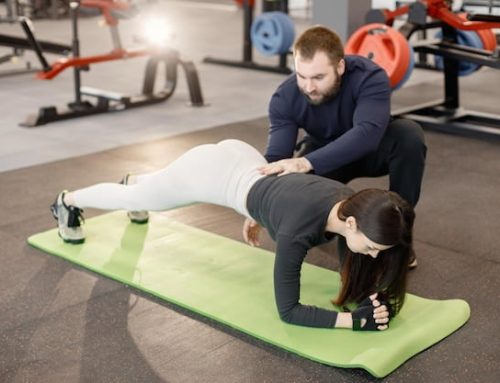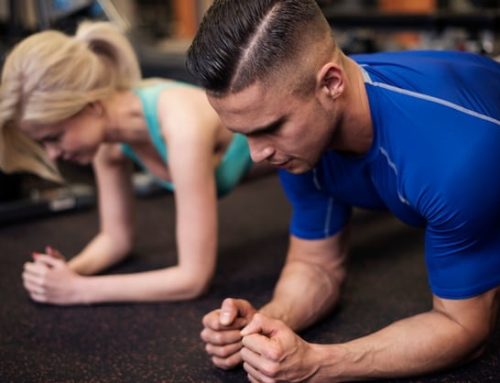The Importance of Sports-Specific Training and the 6 Physical Fitness Tests
Sports-specific training is the process of developing certain physical attributes for a particular sport or activity. This type of training is prevalent among athletes, and it aims to maximize their performance and decrease their injury risk. Sports-specific training involves a variety of exercises and techniques, which depends on the sport or activity the athlete is engaged in.
However, before starting sports-specific training, it is essential to evaluate the athlete’s physical fitness level. There are various physical fitness tests that coaches and trainers use to assess the athlete’s physical fitness level. Here are the six physical fitness tests that are commonly used:
1. VO2 Max Test
The VO2 Max test is used to measure an athlete’s maximal oxygen uptake. It is considered one of the best methods of measuring cardiorespiratory fitness. During the test, the athlete wears a mask that is connected to a machine that measures the amount of oxygen the athlete breathes in and the amount of carbon dioxide the athlete exhales. The athlete then performs a graded exercise test, which involves running on a treadmill at progressively increasing speeds and inclines until exhaustion.
2. Vertical Jump Test
The Vertical Jump test is used to assess an athlete’s lower body power. The test measures the athlete’s ability to jump as high as possible from a standing position. The athlete stands next to a wall, reaches up with one hand, and marks the highest point they can reach. Then, the athlete jumps as high as possible and marks the highest point touched on the wall. The difference between the two marks is the athlete’s vertical jump.
3. 40-Yard Dash Test
The 40-yard dash test is used to determine an athlete’s speed and acceleration. It is commonly used in football, basketball, and track and field. The athlete starts from a 3-point stance and runs as fast as possible for 40 yards. The time taken to complete the run is recorded.
4. Chin-Up Test
The Chin-Up test is used to evaluate an athlete’s upper body strength. The test involves hanging from a horizontal bar with an overhand grip and pulling the body up until the chin passes the bar. The number of successful chin-ups completed is recorded.
5. Sit and Reach Test
The Sit and Reach test is used to assess an athlete’s flexibility. It is commonly used in gymnastics, dance, and martial arts. The test involves sitting on the floor with legs straight and reaching forward as far as possible. The distance between the fingertips and the toes is recorded.
6. 3-Cone Drill Test
The 3-Cone Drill test is used to measure an athlete’s agility and change of direction. It is commonly used in football, soccer, and basketball. The athlete starts at one cone, runs around the second cone, then runs around the third cone before sprinting back to the starting cone. The time taken to complete the drill is recorded.
In conclusion, sports-specific training is an essential component of an athlete’s training program. However, before starting sports-specific training, it is essential to evaluate the athlete’s physical fitness level. The six physical fitness tests discussed above are commonly used to assess an athlete’s physical fitness level. These tests help coaches and trainers to create a personalized training program that addresses the athlete’s strengths and weaknesses. By incorporating sports-specific training into an athlete’s training program, they can improve their performance and reduce their injury risk.






